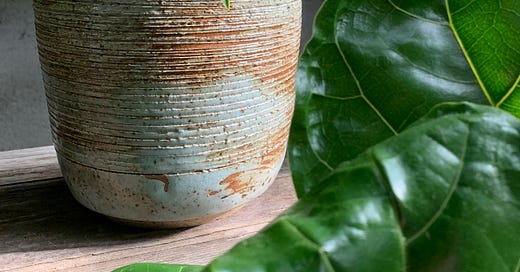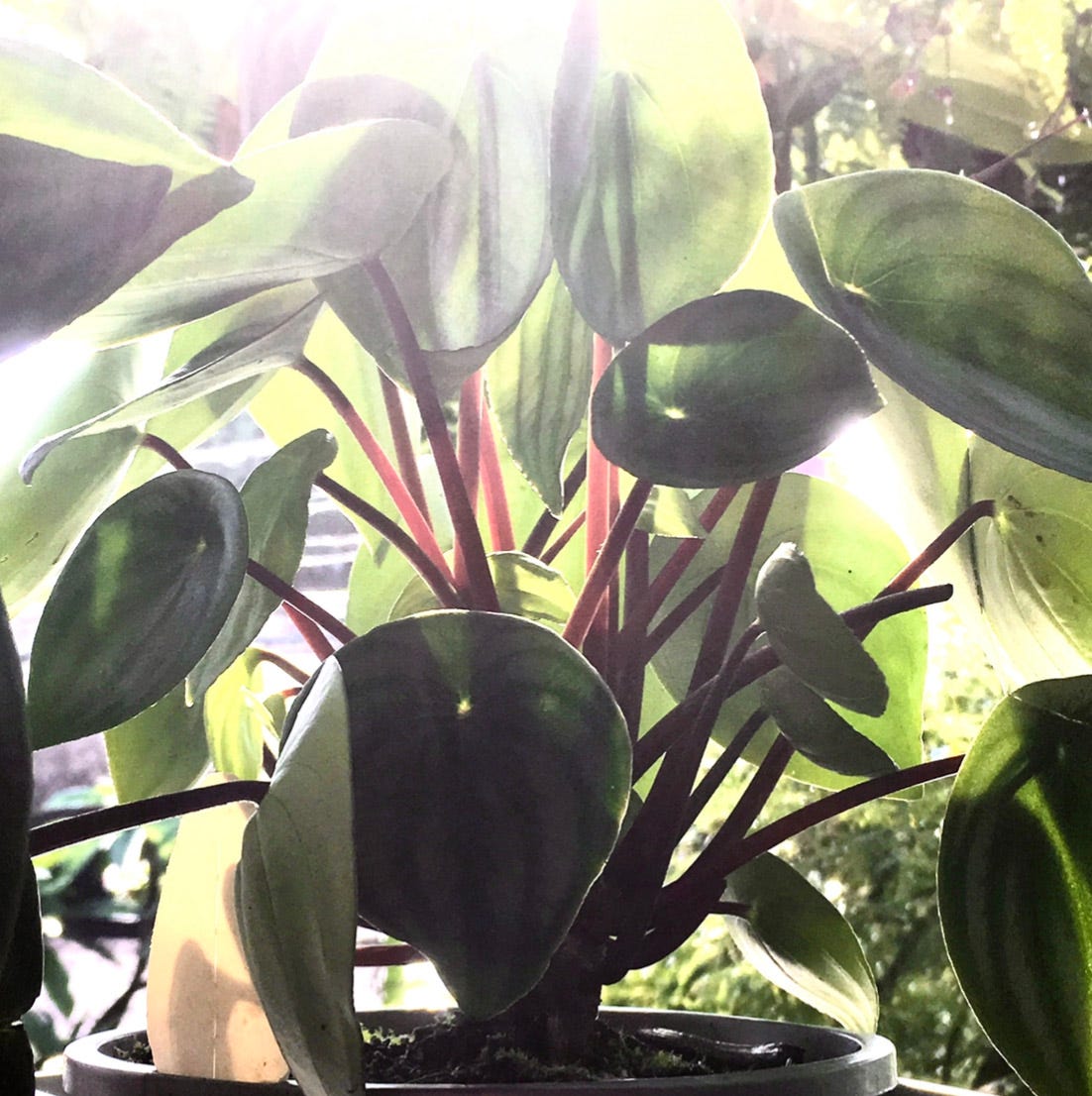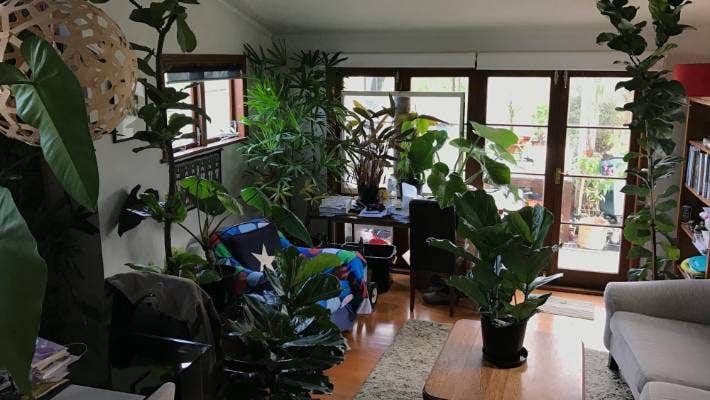As someone who grows, sells, and writes about indoor plants, of course I know what I’m talking about! Well, usually I do…
And this bring me to my first confession: I’m no expert.
As my mother would say, recalling my refusal to do garden chores decades ago as a child, “what do you know about plants?”
But then again, experts are hard to find.
I often read Instagram and blog posts on indoor plants, in New Zealand and elsewhere, and often what passes as expert knowledge is pretty dodgy. I recall a news story a few years back in which an expert was called upon to explain why a variegated monstera could sell for thousands of dollars. The ‘expert’ was someone from Bunnings. Hmmm… This person went on to explain that the high-price was because this type of monstera is hard to propagate. Of course the opposite is true.
A more recent news article quoted an ‘expert’ who suggested that, to get started with houseplants, try a Fittonia (‘nerve plant’). Really? These are nice, colourful plants but I cannot think of a more fussy thing for a newbie to care for — too much water, collapse; too little water, collapse. And they never come right again, either. A large, well-grown Fittonia is about as common as a maiden-hair fern with no brown leaves.
Another houseplant expert was interviewed a while back on NZ radio. The person was a longtime gardener but didn’t seem to know much about indoor plants, as if they were all much the same. It was suggested, for instance, that houseplants go dormant in the winter and therefore don’t need watering. This seemed to overlook the fact that many plants can live indoors because they are not like those we have outdoors. Many are sub-tropical or tropical; i.e., they grow year-round. And anything growing — if it’s indeed growing — needs water.
I think advice about indoor plants, like other things, derives from two categories. Some of it’s just common knowledge or urban myth, passed on from one person to another. A good gardening example: don’t water foliage trees in the sun, the leaves will burn. This I’ve done so many times I can’t count, yet I’ve never seen any burning. Leaves dry out, for sure, but it’s usually because of a lack of steady hydration from the roots upward, so water at will.
This leads us to the second category: advice derived from experience. This is the best advice, for it comes from first-hand knowledge, rather than second-hand information. The longer you work with something, the more you’ll learn about that something, then you can give good advice yourself. You may even learn that some of what you thought was gospel, really isn’t. Which is why I say I’m no expert. You can always have more experience, but sometimes experience fails to teach us the whole lesson.
So when you’re taking advice, consider the source: does the person have tested knowledge on the subject, or are they just spreading the word. A writer in the Washington Post (Elizabeth Kiefer) tells of her experience:
My mom would tell them the truth — that she loved futzing around in the dirt and making things grow — and then get back to it. What she did not say, but what I have come to understand, is that her skills are a mix of self-taught knowledge and natural talent. Because my childhood chores included yanking dandelion weeds, raking leaves and generally playing gardener’s assistant, I smugly assumed that I would inherit her know-how, and that my own thumb would become green when I was ready to put it to use on my own. Turns out, not so much.
The gospel: if you’re too rule-governed, never having a go and experimenting with your plants, your real world experience will be limited. First hand knowledge comes from trial and error. Grow it.
So, my second confession: I’m down to four houseplants. Half of these are pretty rubbish too! Oh dear.
Before you burn me on the digital stake, note that I do have hundreds of indoor plants in my care, in shade-houses and at MONSTERA , not to mention hundreds of bonsai and pre-bonsai trees to look after.
But only four? Really? Think of it this way, if you made or sold refrigerators or vacuums, how many would you have at home? Exactly! Yes, hoovers and houseplants are a bit apple and oranges, but not totally. When plants are all around you, you don’t always need more of your own to take care of. I think gardeners often feel this way. Caring for plants outside, they don’t necessarily need too many plants inside.
I should also say, in my defence, that where I live is, alas, not terribly bright or large. A small grouping of plants between two tallish windows is perfectly fine. I used to be one of those people on Instagram who could show off massive lady-palms, strelitzias, and fiddle-leafs, but as a plant seller, those days are in the past. Old, grand plants are hard to find (and take forever to grow) and once you’re in the business of selling them, keeping them is a luxury you can ill afford.
So, what are they, these four plants? Two fiddle leaf ficus trees, one triple-planted lemon-lime dracaena, and a rare anthurium that’s barely holding on. One of the fiddle-leafs is a twin-trunk with enormous leaves, so that’s the best of the bunch. One day I fear it too will have to fill a gap somewhere else.
My penultimate confession: My real botanical bias is not for indoor plants, per se, but rather potted plants. Let me explain…
Because I have a bonsai nursery, I’m sometimes asked to get involved with issues around landscaping. “But I’ve never done landscaping,” I say. I don’t mention the other reason, which is that I’m not all that interested in hedges and hydrangea.
What drew me to plants in the first place is the isolated composition of plant + pot, perhaps with some micro-landscaping ingredients, such as gravel, rocks and moss. Here the unit is a whole, small and portable, whereas plants in a planted landscape are very different. They might also form a framed, aesthetic unit, but this is a unit that’s expansive, large, and anchored in the earth. It’s a landscape, I prefer a potscape.

In interiors, plants are part of a larger, aesthetic gestalt. We carefully position our plants indoors, amongst one another and within the contours of the physical space. I think the challenges this poses are interesting, but for me it begins with that perfect plant + pot combination
My final confession: When it comes to houseplants, I’m as lazy and disloyal as the next person. I regularly shovel out advice about how to (thoroughly) water and when (not) to repot. But the truth is, I’m happy to do just the minimum required like the rest of humanity — we’re all busy after all.
… Two weeks have passed and the fiddle leafs are drooping — whoops, time to water. I’ve poured in too much water and the plant’s now soaking in it — no problem, I’ll just hike the pot up on the side of the dish until the excess slowly evaporates. No wonder the water poured through the pot so quick, the plant is totally root-bound — it’s okay, I’ll get to it next year.
I could go on but you uget the picture. The point of course is this: Do as I say, not as I do. Then you’ll be Dirt Wise too.





